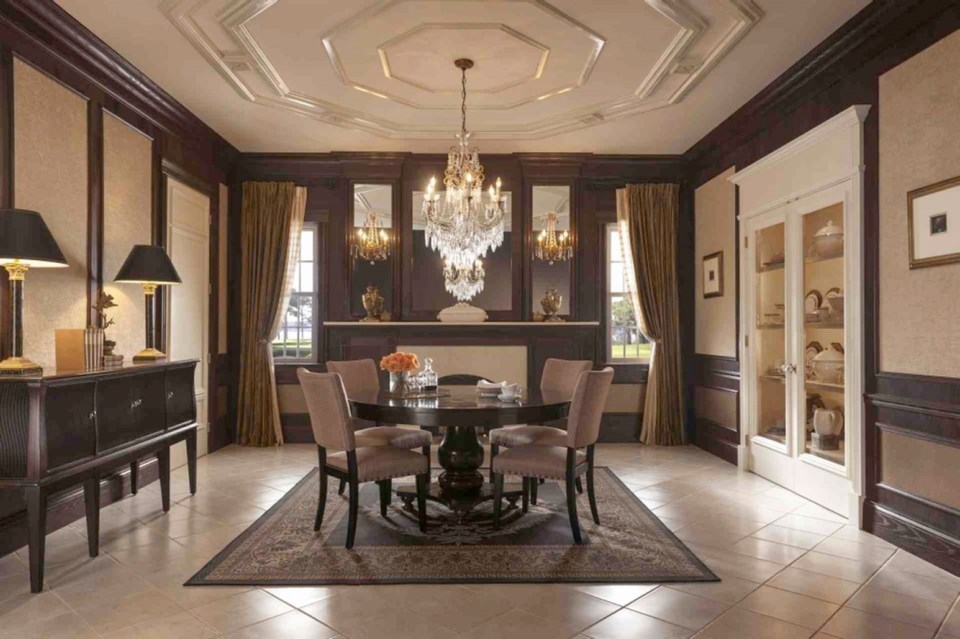I am often asked for ideas that will customize a room and what details can be added to personalize a home and take it to the next level. One solution that works for all styles is to create interest with trims and mouldings.
Even the sparsest decor plans can accommodate some framing and a bit of trim. The challenge is figuring out how much trimwork will suit.
Begin by looking at pictures of rooms that are decorated with crown mouldings, deep baseboards, window trim and door details.
A great site to visit is metrie.com. Metrie has introduced its Then and Now Finishing Collections that include five styles that blend past and present architectural styles, which makes them both modern and timeless. Each element in a collection has been carefully designed to match the other pieces. For example, the trim matches baseboard, mouldings and even doors, so��that all your decorating details flow together seamlessly. And the collections include elements in a range of sizes to��complement the proportions of any room.
To help you visualize the impact of different styles and placements, Metrie has five collections from which to choose: French Curves, True Craft, Very Square, Fashion Forward, and Pretty Simple, which is the style shown here.
The dining room vignette features panelled walls with a��chair rail located in the lower third to elongate the wall. Continuity is achieved by using tone-on-tone oak stained pieces, from the 19-centimetre baseboards to the crown moulding. You can use casings to trim mirrors as well as windows and doors.
The elegant fireplace surround and mantel are built using standard pieces, oak crown and casings, a flat, square-edged oak board and the��corners finished with 15-centimetre icons.
Trim has also been used creatively to decorate the ceiling. The octagonal shapes are centred on the chandelier. To add depth to the outer sections, chair rail is layered over baseboard. The ceiling trim is MDF, the ceiling painted flat white and the trim highlighted with semi-gloss paint.
The display cabinet was originally a hutch fitted into the��wall with glass doors. On��the��website, you can find instructions on how Metrie transformed it to become a spectacular centrepiece for the��dining room using mouldings and doors from their collections.
Many of my favourite DIY projects are featured on the site. Folding screens have many uses from hiding a work station or wall space you would rather not see to providing a movable partition so that you can define your own spaces. The Then and Now Collections includes doors designed for each style. Make a��folding screen simply by hinging four doors together. The fun part is painting the doors. Here’s an opportunity to try distressed paint effects, or tie into your Country or Folk Style with milk paint, or add wallpaper to the insets for a romantic mood.
Frames are a natural made from mouldings. Finish with stain or paint. Dress up with gilded edges, or stay minimal with flat black paint. Think outside the box — you can frame anything, or nothing, hang an empty frame or two that you have finished brilliantly, a great conversation piece.
��
Debbie Travis’ House to Home is produced by Debbie Travis and Barbara Dingle. Email [email protected]. Follow Debbie on Twitter at twitter.com/debbie_travis, visit her website, debbietravis.com.



